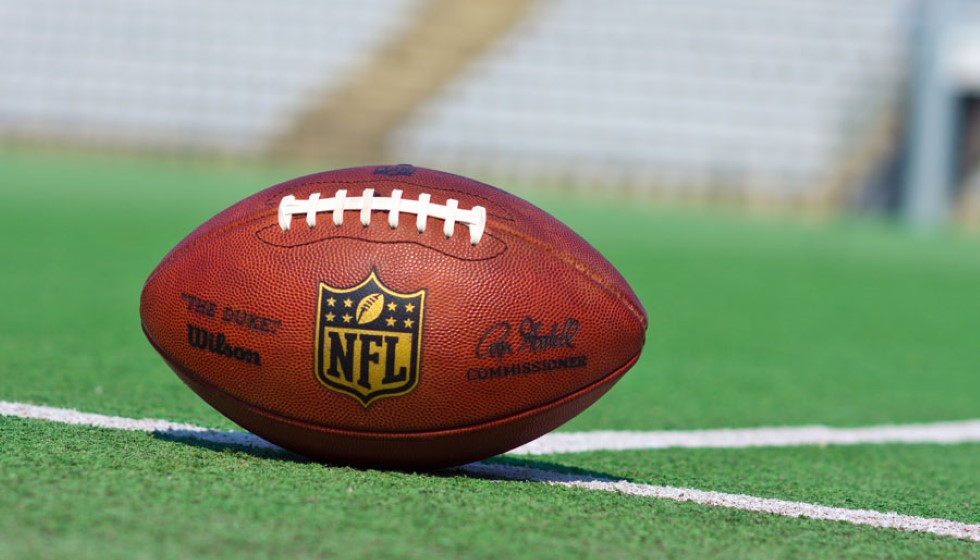
The NFL heralded its return with Thursday night's Pro Football Hall of Fame Game, marking the official commencement of the 2024 preseason. This year's opener saw the Chicago Bears clashing with the Houston Texans, offering fans their first taste of competitive football since the offseason hiatus. However, this game was more than just a showdown between two storied franchises; it was an unveiling of the NFL’s new kickoff rules set on a trial basis for the 2024 season.
Unveiling New Kickoff Rules
The Hall of Fame Game showcased the NFL’s revamped kickoff regulations, signaling a significant shift aimed at balancing game entertainment and player safety. Under these new rules, all kicking-team players, except for the kicker, are required to line up on the receiving team’s 40-yard line. This modification is just one part of a comprehensive set of changes designed to reshape the dynamics of kickoffs.
On the receiving team’s side, at least nine players must position themselves in what is now termed as the “Setup Zone,” located between their 30- and 35-yard lines. Meanwhile, a maximum of two receiving-team players are permitted to stand within the “Landing Zone,” which spans from the goal line to the 20-yard line. Both Setup Zone players and kicking-team players are restricted from making any moves until the kicked ball either touches the ground or is fielded by a returner in the Landing Zone or end zone.
Dead Balls and Touchbacks
In an interesting twist, if a kicked ball lands before the Landing Zone, the play is immediately ruled dead, and the receiving team gains possession at its own 40-yard line. This rule effectively eliminates any potential for a short, unpredictable bounce that could lead to a change of possession, providing a clear advantage to the receiving team.
More intriguing is the handling of kicks landing within the Landing Zone; they must be returned unless they reach the end zone, resulting in a touchback. A kick landing in the end zone that is then downed or exits through the back of the end zone is also ruled as a touchback. Notably, if the ball is downed in the end zone, the receiving team starts from their own 20-yard line. However, if the kick exits through the back of the end zone, the receiving team begins their drive at the 30-yard line. These nuanced changes are designed to reduce high-speed collisions while maintaining the excitement of kickoff returns.
Onside Kicks and Strategic Implications
The revamp extends to onside kicks, preserving the existing rules but adding a notable caveat: onside kicks can only be attempted in the fourth quarter by a team that is trailing. This change aims to reduce the frequency of onside kicks, which are inherently high-risk plays often resulting in injury, while enabling trailing teams to maintain a strategic tool for late-game comebacks.
The NFL’s decision to implement these changes on a provisional basis for the 2024 season underscores a commitment to evaluating the balance between entertainment value and player health. The league will be closely monitoring this season’s outcomes to determine if these rules are to become a permanent fixture in the future.
A Season of Evaluation
As the season unfolds, players, coaches, and fans alike will be keenly observing how these new kickoff dynamics influence game strategy, field positioning, and overall player performance. The hallmarks of gridiron strategy could be fundamentally altered as teams adapt to these innovative rules.
The unveiling in the Hall of Fame Game served as an ideal platform to introduce these trial regulations, setting the stage for what could be a transformative year for kickoffs in professional football. The changes promise to safeguard players while preserving the thrill of the game—a delicate balance the NFL appears determined to maintain.
With the NFL season now officially underway, the spotlight will be firmly fixed on kickoff plays in particular, as teams and fans get accustomed to the new rules. The outcomes of this experiment will undoubtedly shape the future of the sport, potentially heralding a new era for professional football's opening plays.